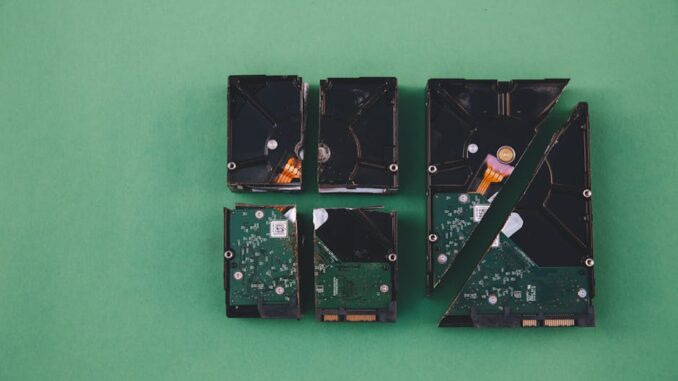
Summary
Ransomware attacks pose an escalating threat to SaaS data, demanding robust backup and recovery strategies. Organizations must understand the evolving ransomware landscape, including Ransomware-as-a-Service (RaaS), and adopt proactive security measures. A comprehensive approach to data protection is crucial for mitigating the financial, operational, and reputational risks associated with ransomware attacks.
Explore the data solution with built-in protection against ransomware TrueNAS.
** Main Story**
Okay, so SaaS applications? They’re pretty much essential for businesses now, right? I mean, we’re all using them for everything – CRM, ERP, even just managing our to-do lists. But, that convenience? It’s also made us bigger targets for cybercriminals, especially with ransomware. Think about it: all that sensitive data sitting in a third-party environment. If it gets locked up, the consequences can be a real nightmare.
The Shifting Sands of Ransomware
Ransomware isn’t some lone wolf thing anymore. Nowadays, it’s evolved into a full-blown business, thanks to Ransomware-as-a-Service (RaaS). Basically, these RaaS guys create and distribute the ransomware tools, then lease or sell them to affiliates who actually launch the attacks. It’s, democratized cybercrime, if you will. Someone with only basic technical skills can get in on the action and share the ransom loot. Because its so easy to get into, we’re seeing ransomware incidents skyrocket, which obviously puts businesses, big and small, at serious risk.
And the criminals aren’t exactly standing still, either. They’re always looking for new ways to crack SaaS systems, targeting APIs, using social engineering to trick employees, and, of course, exploiting that whole “shared security model” thing. Because a lot of companies seem to think the SaaS vendor is 100% responsible for security, they neglect their own responsibilities within their own tenancy. It’s a recipe for disaster, frankly. I mean, are you really sure you know where the boundary is of who is responsible for what?
The High Cost of Doing Nothing
Ignoring this threat? It’ll cost you. Big time. Ransom demands can easily climb into the millions, and even if you pay up, there’s absolutely no guarantee you’ll get your data back. That’s just the tip of the iceberg, though. You also have to factor in the costs of downtime, data recovery, fixing your reputation, legal battles, and regulatory fines. The operational disruptions? Those can be crippling. Important systems can grind to a halt, which messes with supply chains, customer service, everything. And if you’re in healthcare? It can be life or death, because a ransomware attack can delay critical procedures or block access to patient records. It’s a sobering thought, isn’t it?
Your Shield: A Multi-Layered Fortress
To protect your SaaS data from ransomware, you have to create a layered defence, which combines proactive security with solid backup and recovery strategies. Here’s a quick rundown of the critical pieces:
-
Data Backup and Recovery: This is non-negotiable. Regular, comprehensive backups are your lifeline in case of an attack. Remember the 3-2-1 rule: three copies of your data, on two different storage types, with one copy stored offsite. That way, even if your primary systems and local backups are compromised, you’ve still got a way to recover. Don’t just back it up and forget it though, test your recovery process regularly. If you don’t test, how will you know its working?
-
Security Awareness Training: Your employees are your first line of defence. Regular training can teach them to spot phishing emails, malicious attachments, and other social engineering tricks that ransomware peddlers use. If your employees know what to look for and how to report suspicious activity, you’ll drastically reduce your vulnerability.
-
Vulnerability Management: Patching software and implementing strict access controls can stop attackers from even getting into your SaaS systems in the first place. Multi-factor authentication (MFA) is also your friend here. It adds another layer of protection to your user accounts.
-
Incident Response Plan: If, despite all your best efforts, you do get hit by ransomware, a well-defined plan is crucial. It’ll help you contain the damage, quickly restore operations. Your plan should detail the steps for identifying, isolating, and eradicating the ransomware, as well as restoring data from backups. Just like your backups, test and update this regularly. You don’t want to be figuring things out on the fly in the middle of a crisis. I made that mistake once, and boy was that a bad day at the office!
Final Thoughts
The hard truth is ransomware attacks are going to keep on being a big threat to SaaS data. You can’t afford to wait for an attack to happen before you take action. Being proactive, with a layered security strategy and robust backup and recovery practices, is the only way to effectively protect yourself. After all, the digital landscape is constantly evolving and we must be just as adaptable and vigilant in our security measures.

